8. Breaker Morant (1980, Bruce Beresford)
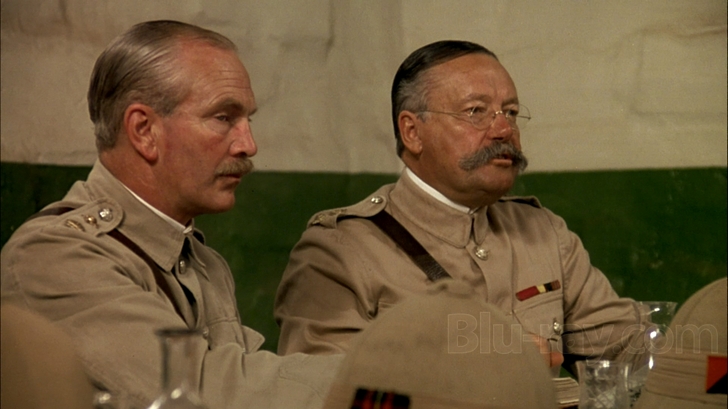
One of the greatest and most influential movies of the Australian New Wave, Bruce Beresford’s “Breaker Morant” is essentially about the court-martial of three lieutenants during the second Anglo-Boer war.
So mostly, the movie is a courtroom drama, like all the great films of the same kind; “Breaker Morant” is outstanding in its camera movement and script during those courtroom scenes. It also has very strong anti-war themes that made it a timeless classic.
9. Destiny (1921, Fritz Lang)
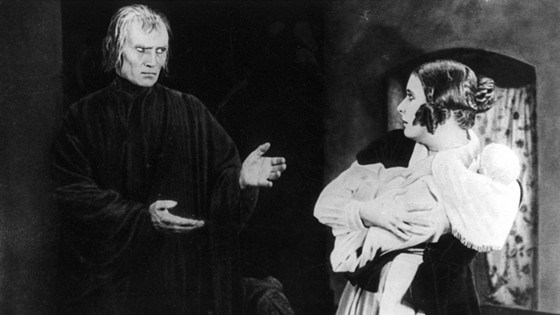
“Destiny” is an overlooked silent masterpiece made by one of the greatest directors of the silent era, Fritz Lang. It’s an epic anthology film about love and death, a typical silent Lang film that is best known for its exotic locations and amazing special effects.
Though lesser-known than his other silent masterpieces like “Metropolis” and the Mabuse series, “Destiny” is said to have had huge influences on directors like Luis Bunuel and Alfred Hitchcock.
Rumors also had that the silent era star Douglas Fairbanks was so impressed with the special effects, especially the flying carpet scenes in the third story set in ancient China, that he quickly secured the rights so he could replicate such scenes in 1924’s “The Thief of Baghdad.” Another big influence would be the figure of “The Death,” which was obviously in Bergman’s mind when he made his own masterpiece “The Seventh Seal.”
10. Gabbeh (1996, Mohsen Makhmalbaf)
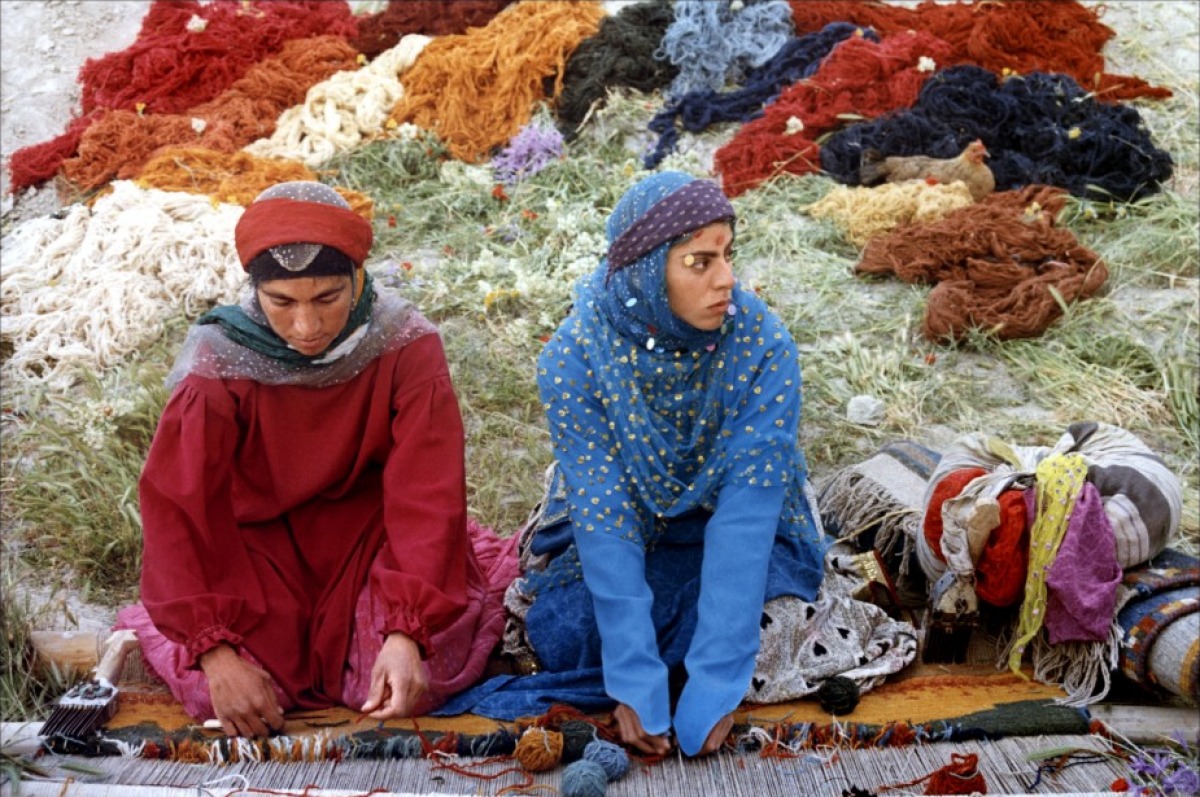
Mohsen Makhmalbaf is one of the most important figures in the Iranian New Wave, often overshadowed by his friend and peer Abbas Kiarostami in the international scene; he is actually more popular in Iran and is often considered as a fighter who fought for the lower class. He also wrote for his wife and elder daughter, who would both make award-winning films.
“Gabbeh” is the first installment of his so-called Poetic Trilogy; it’s one of the director’s crowning achievement for its color, imagination, narrative, and use of nature.
Back in the time when Makhmalbaf made “Gabbeh,” almost all the films in Iran are only in black and white, even they are color films. So the director decided to “add more colors to Iranian films.” It’s both refreshing to domestic audiences, and shocking to the authorities.
The film is full of magic moments, and many of them are realized by simple cuts. Take the famous teaching scene, for example: the director cuts from a hand reaching a blue sky, then cuts back to a teacher with a blue hand, and it’s as if the teacher takes the blue from nature.
You can’t talk about this film without mentioning its narrative. It has that timeless folk story feel as the female protagonist suddenly appears, and sometimes they are just like looking at the story unfold in front of their eyes. The boundary of past and present is blurred.
11. The Silence (1998, Mohsen Makhmalbaf)
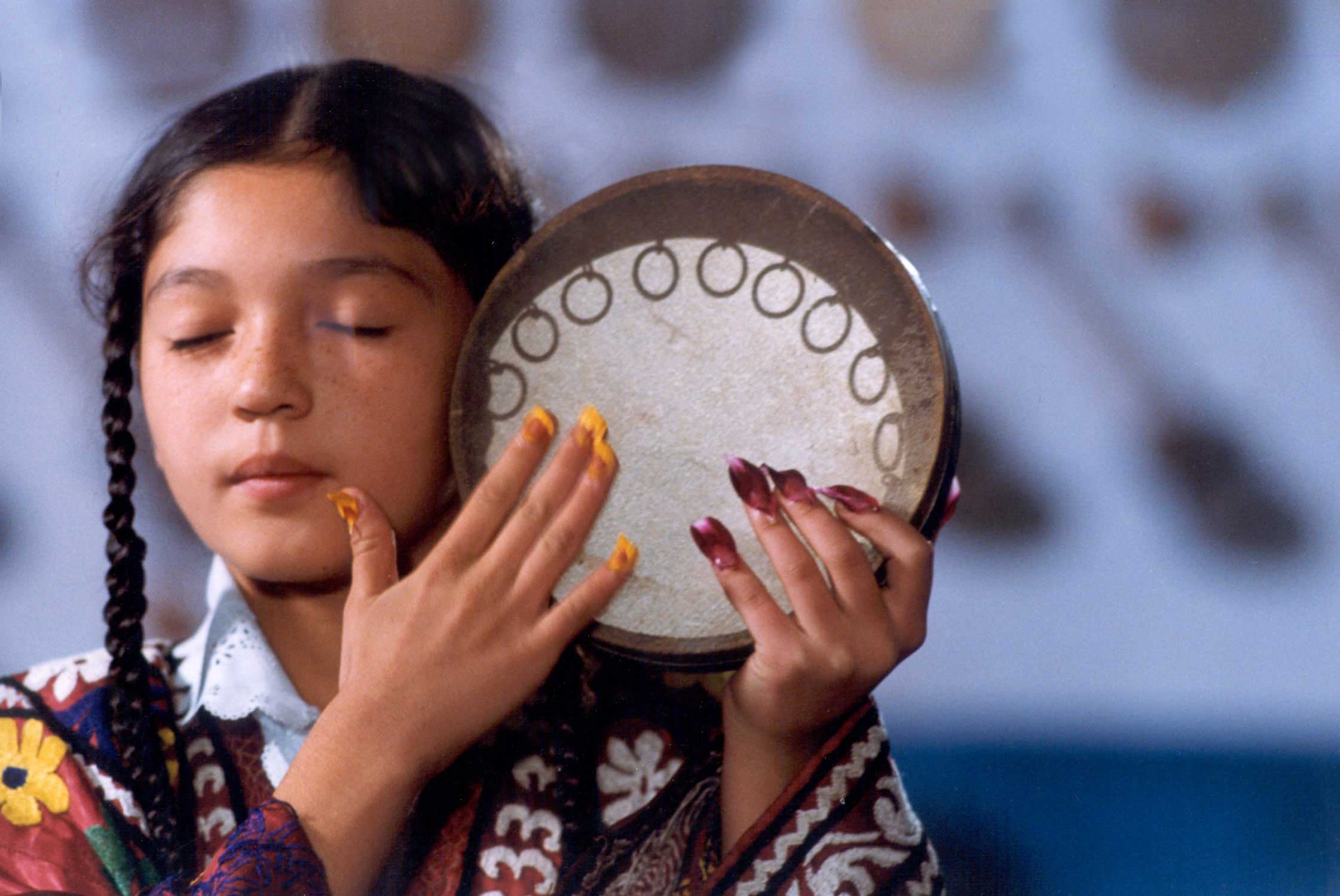
If “Gabbeth” is primarily about image, then “The Silence” mainly concerns another major aspect of cinema: sound. It’s about the world of a blind boy and how he is lost in beautiful music on his way to work.
It’s a quite challenging task for the director, but Makhmalbaf was able to build this imaginary world of sound, and even connect with us by using the very famous Symphony No. 5 by Beethoven. It’s a fantastic film that makes us believe that sound is something more important than imagery in a film.
12. The Gardener (2012, Mohsen Makhmalbaf)
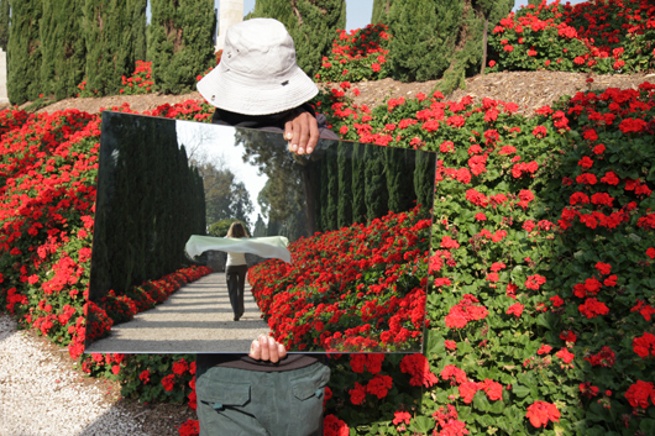
The final chapter of the Poetic Trilogy, “The Gardener” is miles away from the previous two films. It’s an imaginary documentary made by Mohsen Makhmalbaf and his son Maysam Makhmalbaf.
It tracks the trace of the Baha’i people, which is a religion originating from Iran but was repressed by its government. The film is both poetic and thought-provoking, and makes us rethink the role of religion in the modern world.
13. Five Element Ninjas (1982, Chang Cheh)
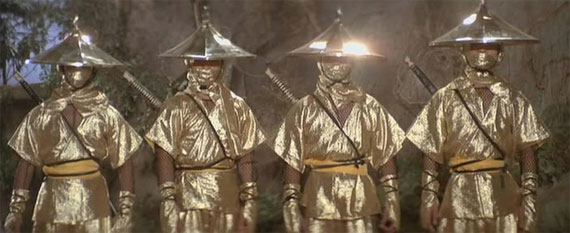
Japanese ninjas were quite popular in 1980’s cinema, and the Hong Kong studio Shaw Brothers also made great use of this element in their 1982 cult martial arts film.
Typical in Shaw fashion, there is this interesting death trap set by ninjas, and our heroes need to pass five consecutive traps to defeat the opponent. The last 20 minutes is full of amazing martial arts choreography and bloodbath, and you will be very satisfied if you are a fan of action cinema.
14. La vie de boheme (1992, Aki Kaurismaki)

Like Fassbinder, whose film appears earlier on this list, Aki Kaurismaki’s cinema is also richly consistent and consistently rich. “La vie de boheme” is this classic story about starved artists, and we have three here: a poet, a musician, and a painter.
Like his hero Yasujiro Ozu, Kaurismaki cares so much about his characters so you will easily resonate with their situations. It’s both tragic and comic, sometimes both in the same scene. “La vie de boheme” is one of the director’s very best, and that says a lot for a director with such consistently good output.